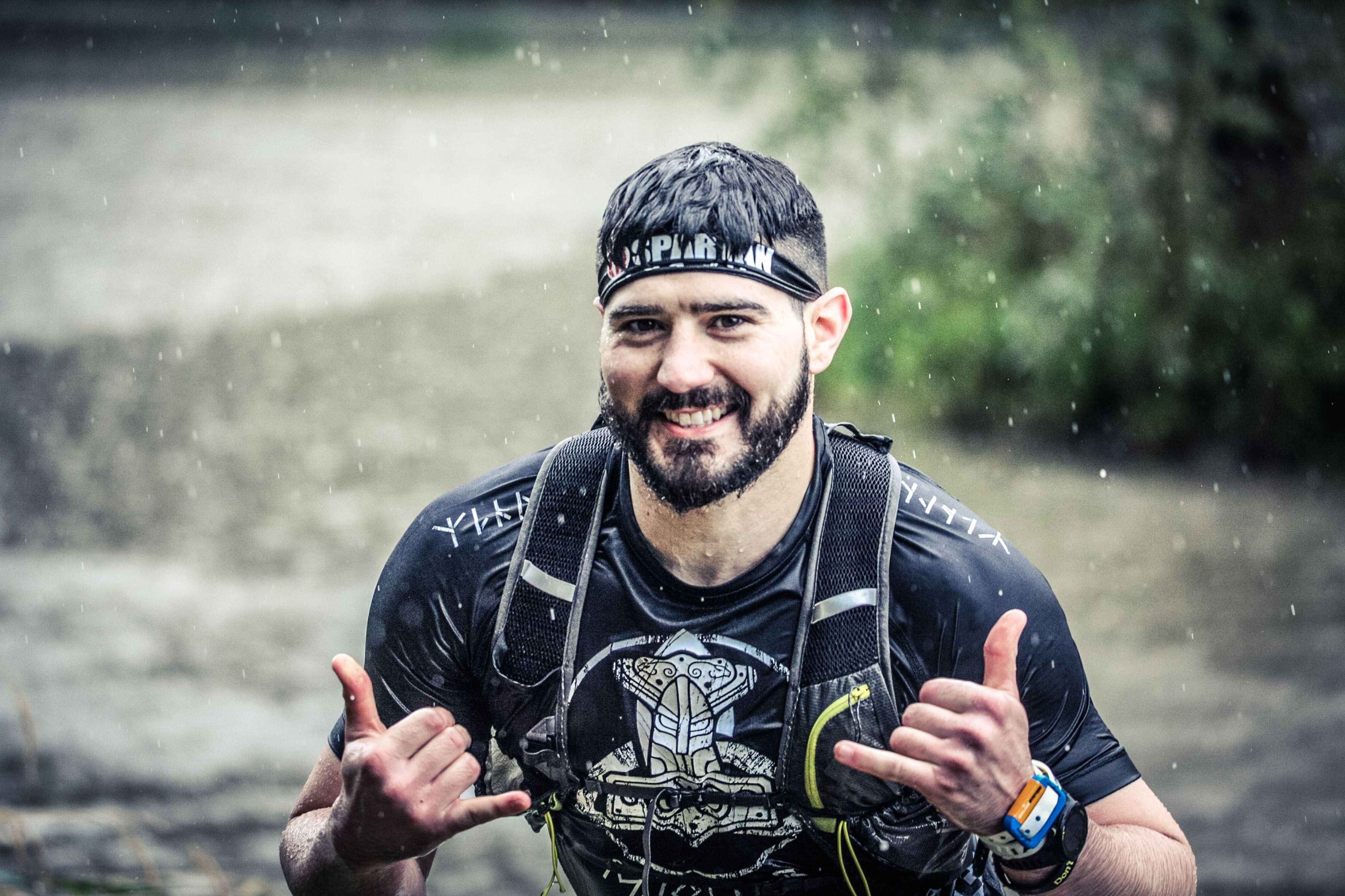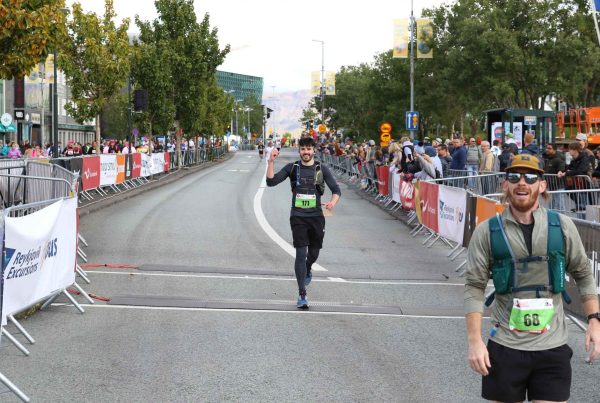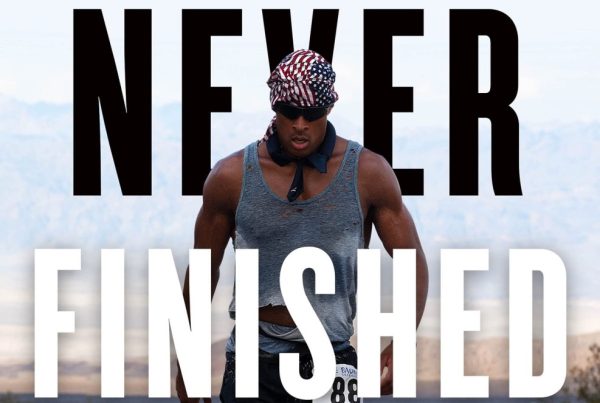
Running races have been around for a long time. However, the phenomenon of obstacle races—outside of the Armed Forces—is a more recent addition to organised sport. It’s an addition spearheaded, of course, by the Spartan race, founded by Joe De Sena, but which now contains dozens of brands across the world.
I have run multiple marathons and ultra-marathons over the last few years, and they were great fun to take part in. The energy amongst the competitors is extremely positive, supportive and inspiring. However, no race has matched the kind of spirit I have experienced during an obstacle race.
To clarify, I am speaking mostly of Spartan races when referring to my obstacle race ventures, although I also completed a non-Spartan obstacle race in Iceland which was equally fun and well organised. Since the Spartan race is the one accessible to most, however, consider that to be my reference point.
I found one thing to be true in all obstacle races: there were some very strong people, and some very good runners, but far fewer who had trained sufficiently in all necessary ways. Here are a few ways in which I prepared to be as ready as I could for the events.
1: Running Should Be the Easy Part
Some of us enjoy running less than others, but this should be your main focus when going into an obstacle race. Let’s say the race involves running 10KM, with 25 obstacles spread across the distance. You will maybe spend 20-30-minutes tackling the obstacles, and at least double that on actually running the distance.
The running aspect of the race is the part you have the most control over: often, you will only have a vague idea, or know nothing about, what obstacles await you. The Spartan brand in particular loves to throw unexpected things into the mix, as their ethos is that the race should be as much of a mental challenge as a physical one. And so, if you know you have to run 10KM in the race, then complete 10+KM runs until they feel easy. These obstacle race organisers famously choose difficult trail terrain for the course, so you will still be sufficiently challenged on the day.
2: Work on Your Pull Ups and Grip Strength
Every obstacle race I’ve taken part in involves pulling yourself up and over a wall, and navigating some form of monkey bars. Being able to lift yourself using only your hands, then, is essential. You should work with both pull up bars and ropes, because they’ll likely be involved too. If you can’t do one solid pull up before the race, you’re going to struggle, so make it a priority.
Grip strength is equally important, as whether you’re dragging, carrying, climbing, or monkey-barring, the pressure is all in your hands. Pull up holds is a great way to train this: work on being able to hold one for two minutes without letting go. Welcome the calluses that will develop; they’ll make every lift, climb and pull easier.
3: Carry Heavy Bags/Balls Up and Down Inclines
Most obstacle races will have some form of heavy carry, so training this will mean you’ll have less of a shock on the day. Your gym will hopefully have D-balls, or slam balls, which are heavier and less bouncy than medicine balls, so carrying them is great preparation.
Simply put, work with the heaviest ball that you are able to put on your shoulder and walk with. Then find a hill or some stairs, and walk up and down repeatedly. The race organisers will never make it as easy as carrying a sandbag along flat ground; they’ll find a steep part and direct you up it. The incline training will prepare you for this, and have the added bonus of conditioning your legs for runs.
4: Get Comfortable with Running While Wet
The next time it rains where you are, go out for a run. Running in the rain is uncomfortable, but it won’t hurt you. On the contrary, you’ll feel even more accomplished, because you didn’t use the rain as an excuse not to go. And better yet, it will prepare you, both physically and mentally, for what you’ll likely face in your obstacle race.
Every Spartan race I’ve done has had a water element, whether it’s wading through a river or mud-filled trench or swimming across a lake. When you get out of said trench or lake, you’ll feel heavy and running will be that much harder. My advice is to start running again straight away; you’ll dry quicker that way. In the meantime, you’ll just have to adapt to your new, soaked form. Your shoes are full of water, your clothes are saturated. You can feel the extra weight sapping at your energy. That’s how it’s supposed to feel. If it was easy, it wouldn’t be worth doing.
5: Do Lots of Burpees
When you fail an obstacle, the penalty for doing so varies. It can include an extra hill run, a sandbag carry, or, in the case of some Spartan races, 30 burpees. In my latest obstacle race, a Spartan Beast, I didn’t complete four obstacles for various reasons, and so had to complete 120 burpees. But because I was so used to doing them, 30 at one time didn’t feel that hard.
So do burpees, in high volume and all the time. Every time you go to the gym, throw some in. Do one-minute, five-minute and ten-minute max burpee challenges. Do them like you love them. Because I can tell you this, Spartan founder Joe De Sena loves burpees, so they aren’t going anywhere. As well as getting you prepared should you miss an obstacle, they’re awesome cardio training.
In 2023, I completed the Spartan Trifecta: a Spartan Sprint, Super and Beast in one calendar year. As I mentioned in the beginning, the energy I’ve felt in those races was unmatched. There was a real fiery spirit, with people wearing face paint and giving it their all. But what I loved the most was how accessible the races are to everyone. You’ll see a lot of people who, by the look at them, don’t seem like regular gym-goers or racers. But that doesn’t matter; they signed up and they showed up, and that’s incredible. Don’t be intimidated by the thought of a race. Just sign up, prepare as best you can, and whatever it takes, finish. I promise you; you’ll feel incredible at the finish line.



